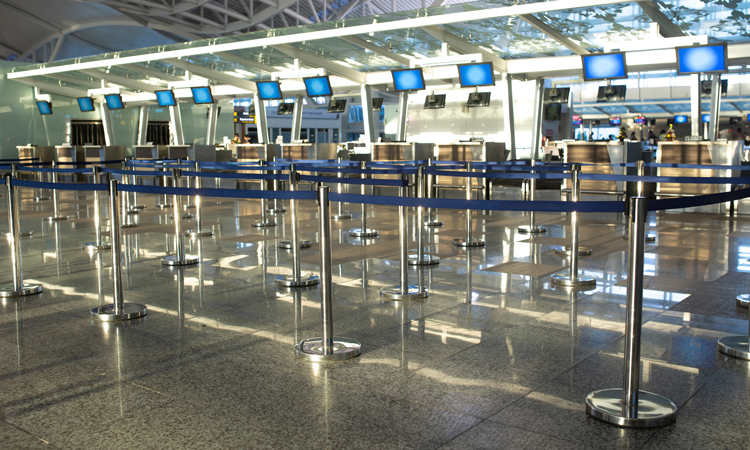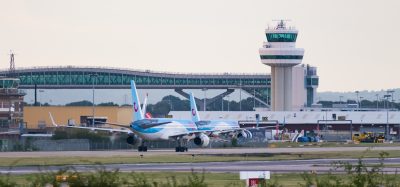Aviation experiences sharpest decline in passenger traffic in its history during 2020
- Like
- Digg
- Del
- Tumblr
- VKontakte
- Buffer
- Love This
- Odnoklassniki
- Meneame
- Blogger
- Amazon
- Yahoo Mail
- Gmail
- AOL
- Newsvine
- HackerNews
- Evernote
- MySpace
- Mail.ru
- Viadeo
- Line
- Comments
- Yummly
- SMS
- Viber
- Telegram
- Subscribe
- Skype
- Facebook Messenger
- Kakao
- LiveJournal
- Yammer
- Edgar
- Fintel
- Mix
- Instapaper
- Copy Link
Posted: 4 February 2021 | International Airport Review | No comments yet
International passenger demand fell by 75.6 per cent in 2020 compared to 2019 levels, representing the sharpest traffic decline in aviation history.


The International Air Transport Association (IATA) has announced full-year global passenger traffic results for 2020 showing that demand (revenue passenger kilometres, or RPKs) fell by 65.9 per cent compared to the full year of 2019, which is, by far, the sharpest traffic decline in aviation history. Furthermore, forward bookings have been falling sharply since late December 2020.
International passenger demand in 2020 was 75.6 per cent below 2019 levels. Capacity (measured in available seat kilometers, or ASKs) declined by 68.1 per cent, and load factor fell 19.2 percentage points to 62.8 per cent.
Domestic demand in 2020 was down by 48.8 per cent compared to 2019. Capacity contracted by 35.7 per cent, and load factor dropped 17 percentage points to 66.6 per cent.
Total traffic in December 2020 was 69.7 per cent below the same month in 2019, little improved from the 70.4 per cent contraction in November 2020. Capacity was down by 56.7 per cent and load factor fell 24.6 percentage points to 57.5 per cent.
Bookings for future travel made in January 2021 were down by 70 per cent compared to 2020, putting further pressure on airline cash positions and potentially impacting the timing of the expected recovery.
IATA’s baseline forecast for 2021 is for a 50.4 per cent improvement on 2020 demand that would bring the industry to 50.6 per cent of 2019 levels. While this view remains unchanged, there is a severe downside risk if more severe travel restrictions in response to new variants persist. Should such a scenario materialise, demand improvement could be limited to just 13 per cent over 2020 levels, leaving the industry at 38 per cent of 2019 levels.
“Last year was a catastrophe. There is no other way to describe it. What recovery there was over the Northern hemisphere summer season stalled in the autumn and the situation turned dramatically worse over the year-end holiday season, as more severe travel restrictions were imposed in the face of new outbreaks and new strains of COVID-19,” said Alexandre de Juniac, IATA’s Director General and CEO.
“Optimism that the arrival and initial distribution of vaccines would lead to a prompt and orderly restoration in global air travel have been dashed in the face of new outbreaks and new mutations of the disease. The world is more locked down today than at virtually any point in the past 12 months, and passengers face a bewildering array of rapidly changing and globally uncoordinated travel restrictions. We urge governments to work with industry to develop the standards for vaccination, testing, and validation that will enable governments to have confidence that borders can reopen and international air travel can resume once the virus threat has been neutralised. The IATA Travel Pass will help this process, by providing passengers with an app to easily and securely manage their travel in line with any government requirements for COVID-19 testing or vaccine information. In the meantime, the airline industry will require continued financial support from governments in order to remain viable,” said de Juniac.


















